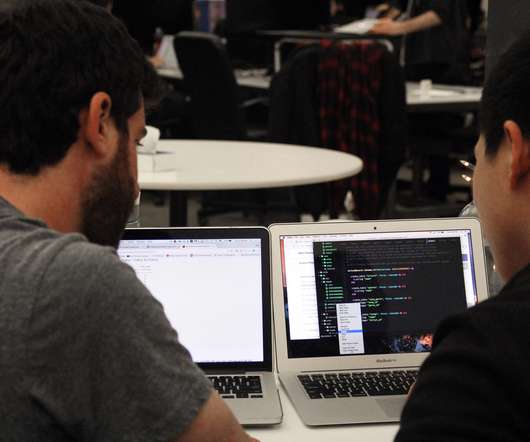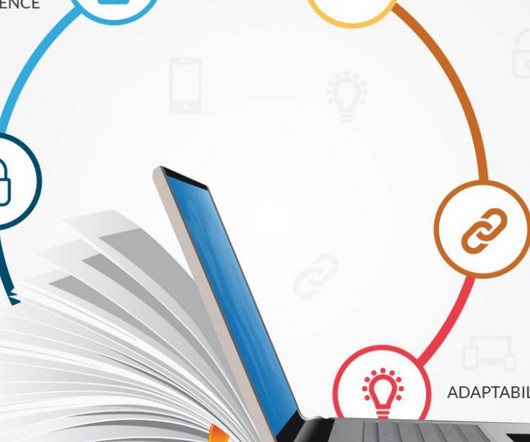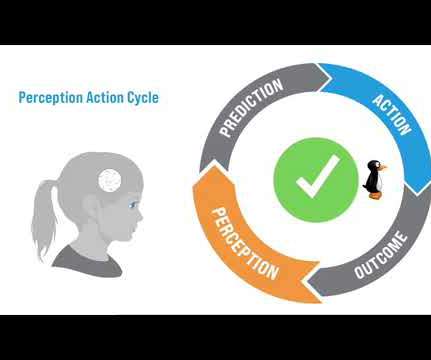8 Ways to Teach Financial Literacy
The CoolCatTeacher
MARCH 23, 2023
Look at the Accounting Careers Course Free from EVERFI Length of course: 2 lessons taking 10 minutes each Grades: 9-12 Curriculum Guide (PDF) Resource #6: Data Science Foundations for High School You’ve heard of “Big Data.” In our student’s future, “big data” means “big opportunities.” According to the U.S.
























Let's personalize your content